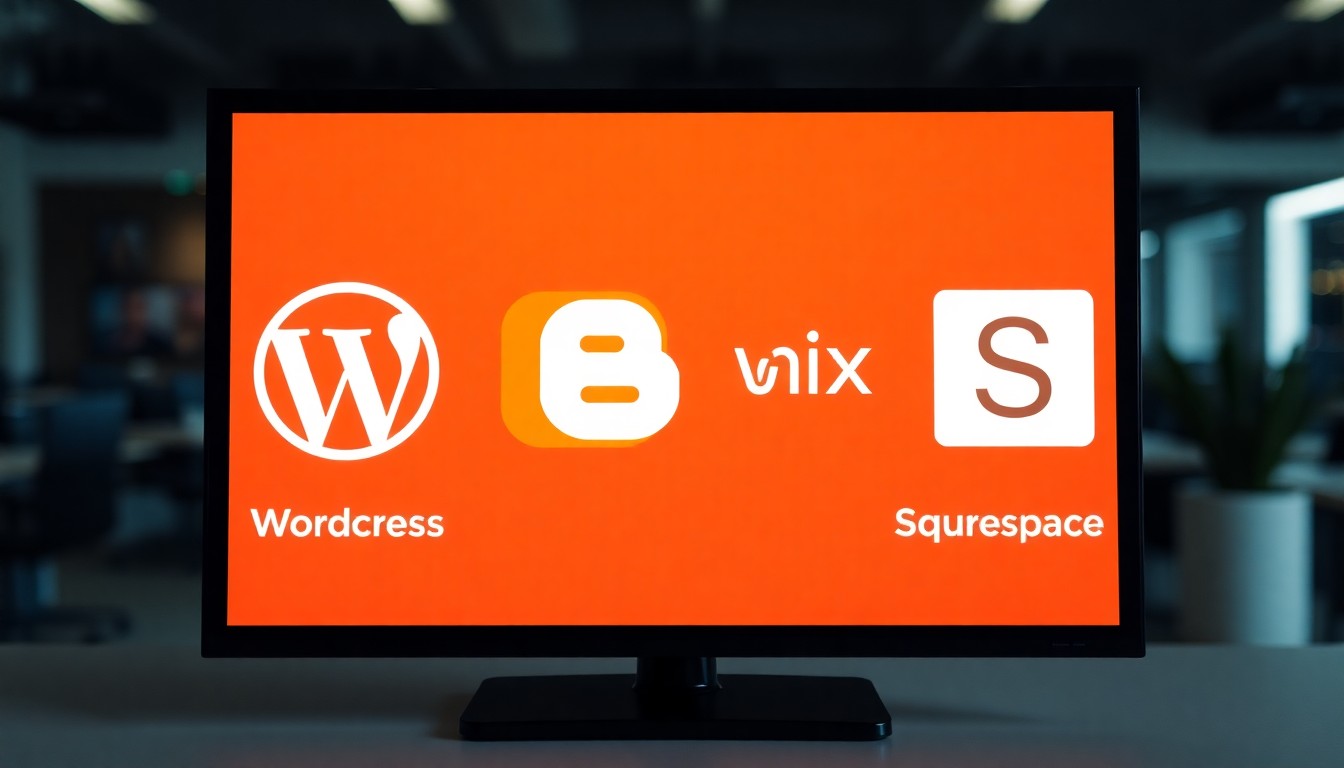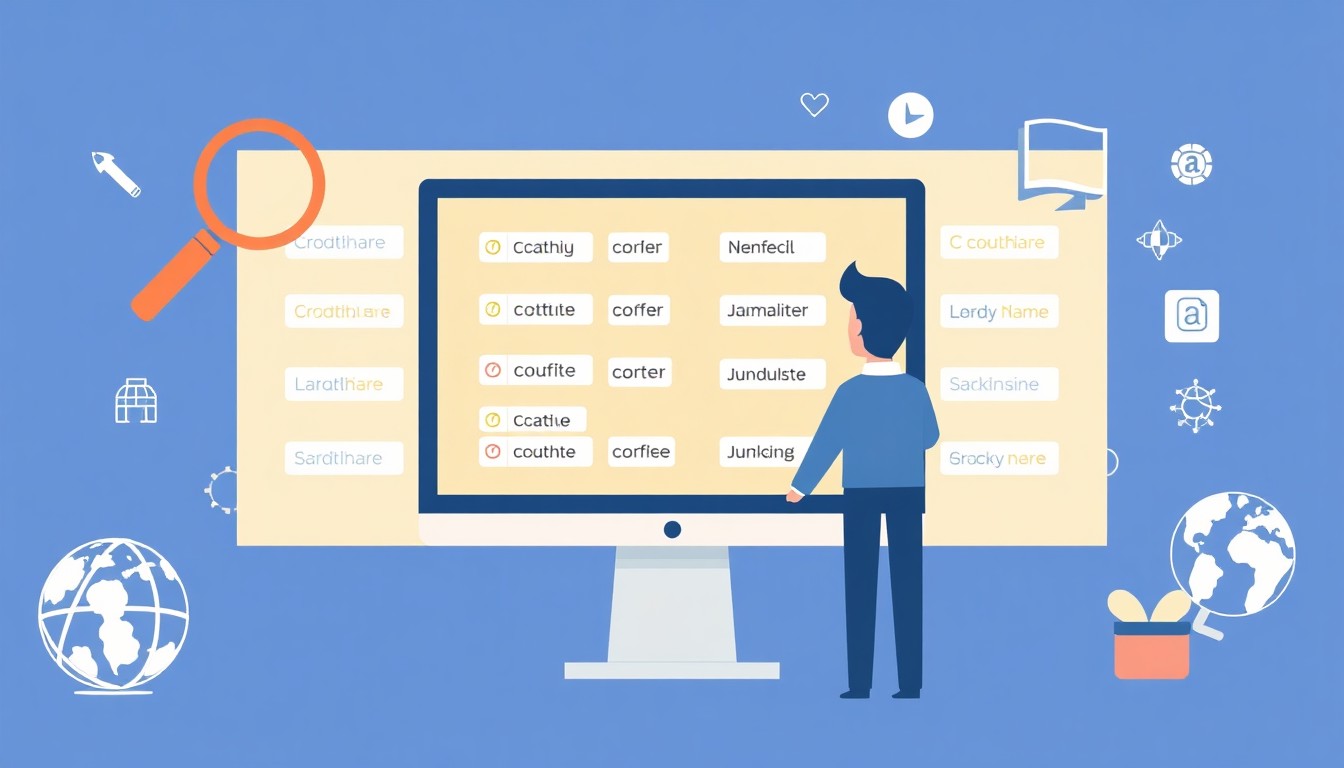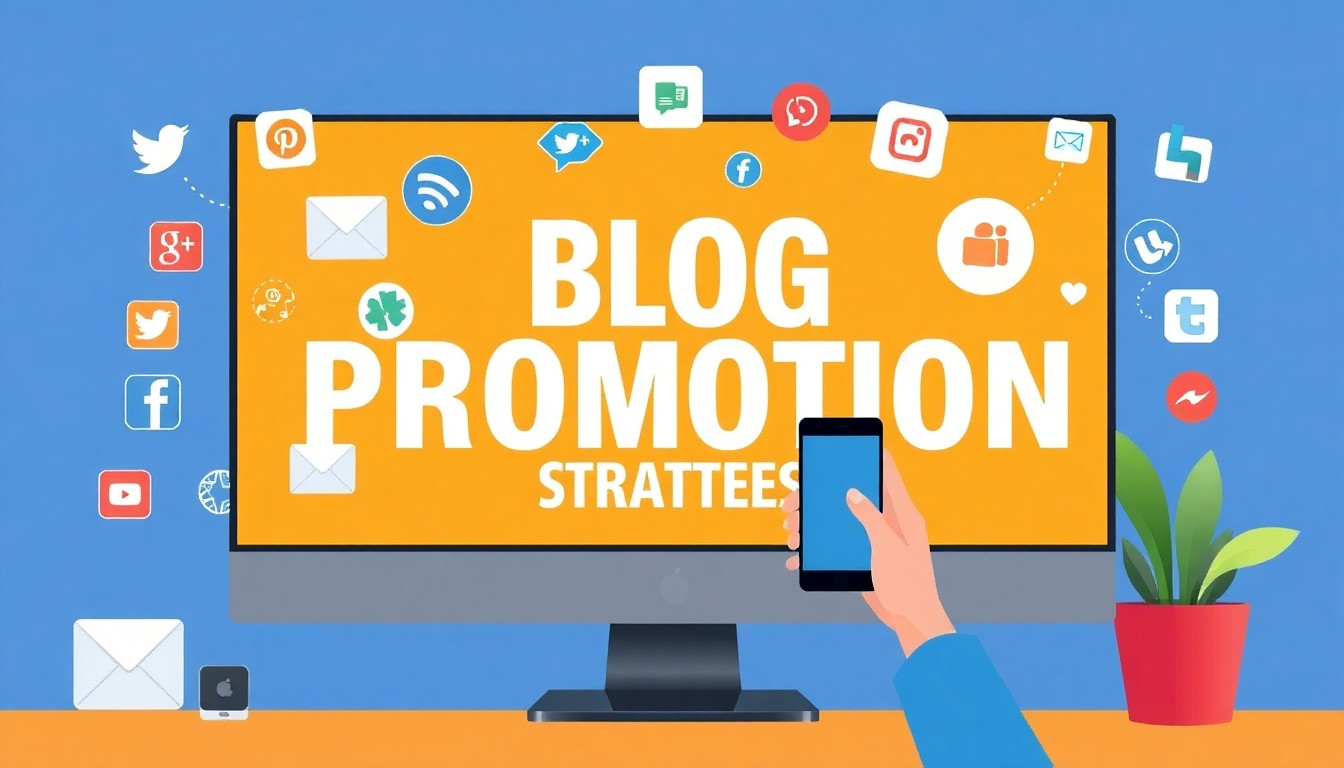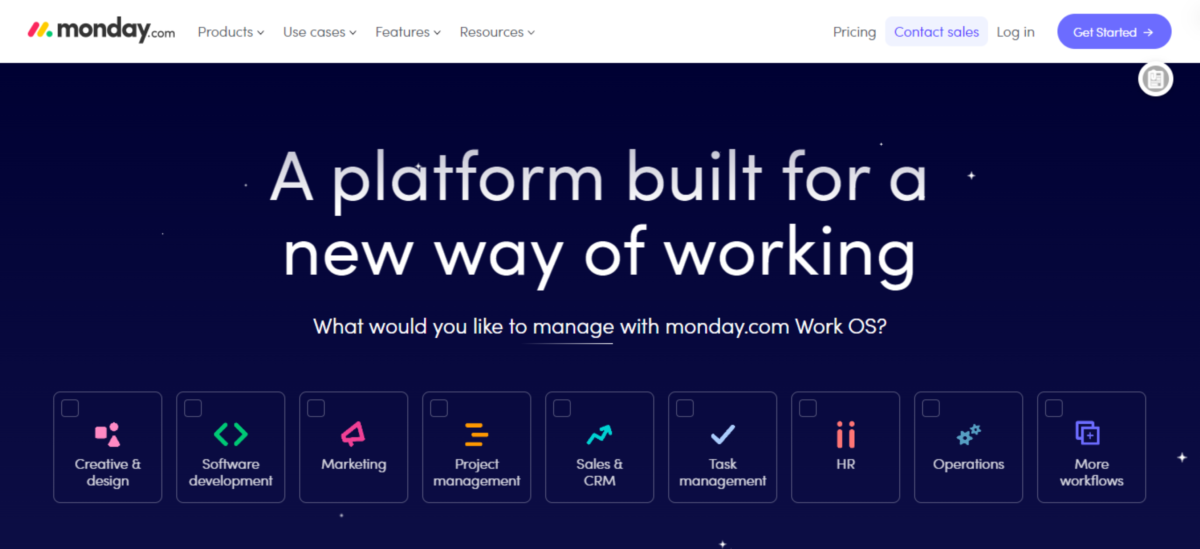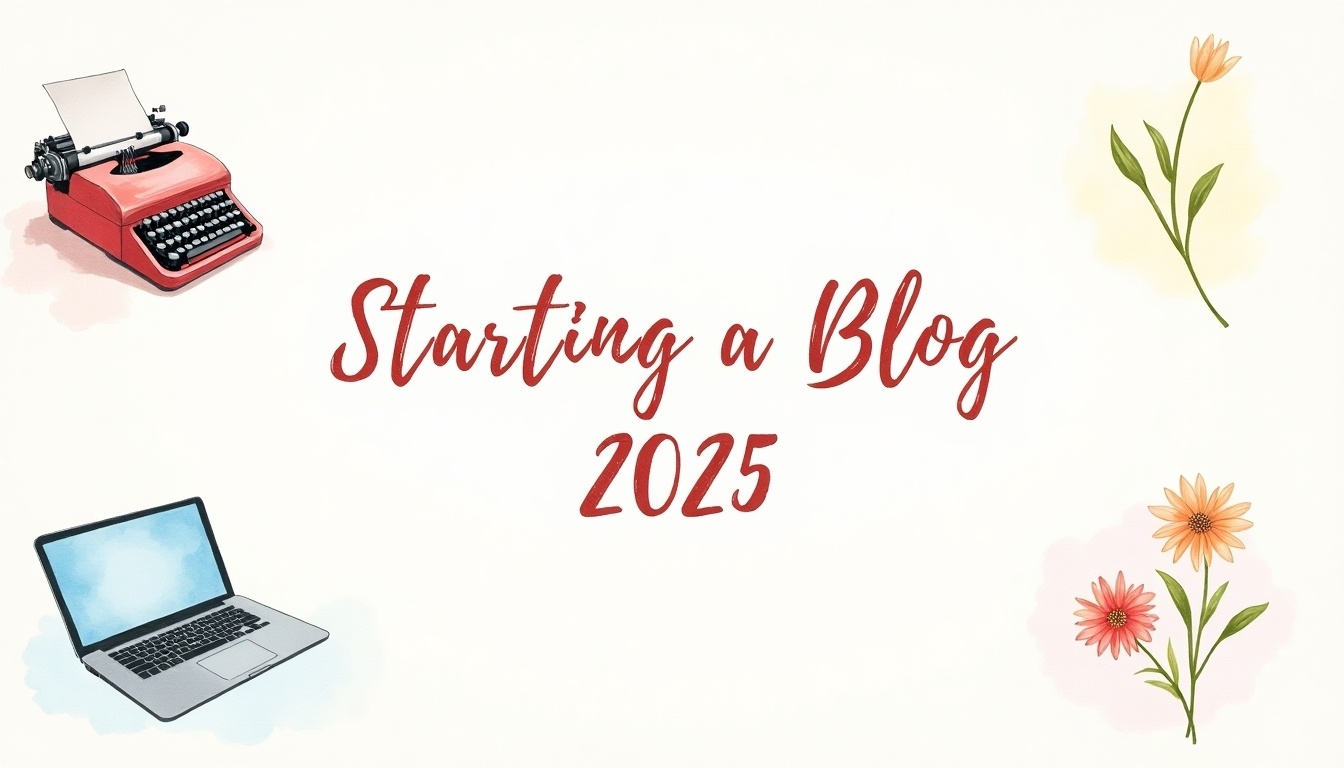
Starting a blog in 2025 can be a rewarding journey for beginners and enthusiasts alike. This guide walks you through the crucial steps, from selecting a topic that matches your passion to choosing the right platform for hosting your content. Understanding how to set up a catchy domain and user-friendly design is key to attracting readers.
Additionally, learning about content creation, SEO basics, and marketing strategies will help increase your blog’s visibility. Finally, exploring monetization options will allow you to earn while sharing what you love. With friendly advice throughout, this guide makes blogging accessible for everyone eager to start their online adventure!
Disclosure: This article may contain affiliate links, which means if you purchase through these links, we might earn a small commission at no additional cost to you. Thank you for supporting our channel! Visit HERE for the complete disclosure.
What is Blogging and Its Purpose?
Blogging is the act of creating and maintaining a blog, which is essentially an online journal or informational website where individuals or groups can share their thoughts, insights, experiences, and expertise on various topics. The purpose of blogging can vary widely depending on the blogger’s goals. For some, it’s a creative outlet; for others, it serves as a platform to connect with like-minded individuals or build a community around shared interests.
In 2025, blogging has evolved beyond just personal diaries. Many individuals use blogs to establish authority in their fields, share valuable information, and even promote their businesses. For instance, a hobbyist might write about their travel experiences, while a business owner could use their blog to provide industry insights and attract potential customers. Ultimately, blogging provides a space for expression, engagement, and connection, allowing writers to share their voice and connect with an audience across the globe.
How to Choose a Blogging Topic
Choosing the right topic for your blog is crucial because it sets the tone for your entire blogging journey. Start by reflecting on your passions and interests. What do you enjoy doing in your free time? What subjects do you find yourself constantly reading about or discussing with friends? For example, if you love cooking, you might consider a food blog that shares recipes, cooking tips, or culinary experiences.
Next, think about your expertise or unique perspective. Do you have a specific skill or knowledge that others might find valuable? If you’re a fitness enthusiast, you could share workout routines, nutrition advice, or personal fitness journeys. This not only makes your content more authentic but also helps establish you as a credible voice in your chosen field.
Additionally, it’s essential to research the competition. Look at other blogs within your niche. What topics are they covering? Is there a gap you can fill? For instance, if most travel blogs focus on luxury destinations, you might consider a budget travel blog that provides tips for exploring the world affordably.
Lastly, consider your target audience. Who are you writing for? Understanding their interests and needs can help you choose a topic that resonates with them. Create a list of potential topics and test them out by writing a few sample posts. This will give you a sense of what you enjoy writing about and what engages readers. Remember, the best blogging topics are those that combine your passion, expertise, and audience interest.
Best Blogging Platforms in 2025
Choosing the right blogging platform is crucial for your blogging journey in 2025. There are several options available, each catering to different needs and skill levels. WordPress remains a top choice, offering flexibility and thousands of plugins to customize your blog. For those seeking simplicity, platforms like Wix and Squarespace allow you to create visually appealing blogs without needing to code.
If you prefer a more community-driven approach, Medium is an excellent option for sharing your thoughts with a built-in audience. For hobbyists, Blogger provides a straightforward setup without any costs involved. Additionally, if you’re planning to monetize your blog, consider platforms that support e-commerce features, like Shopify or WordPress with WooCommerce. Ultimately, the best platform for you depends on your goals, technical skill, and the type of content you want to produce.
| Blogging Platform | Features | Pricing | Best For |
|---|---|---|---|
| WordPress | Highly customizable, large community, plugins available | Free (self-hosted) – Paid (managed hosting) | Serious bloggers, businesses |
| Blogger | Google’s platform, easy to use, limited customization | Free | Casual bloggers, hobbyists |
| Wix | Drag-and-drop builder, templates available | Free – Paid plans starting at $14/month | Beginners, small businesses |
| Squarespace | Stylish templates, all-in-one solution, e-commerce features | Paid plans starting at $16/month | Creative professionals, small businesses |
| Medium | Focus on writing and audience engagement, built-in audience | Free – Membership for $5/month | Writers, thought leaders |
Selecting the Right Domain Name for Starting a Blog
Choosing a domain name is one of the first and most crucial steps in starting your blog. Your domain name is your blog’s address on the internet, so it should be memorable, easy to spell, and reflective of your blog’s content or your personality. Think of it as your online brand. For example, if your blog is about cooking, a name like “TastyTreats.com” is catchy and gives a clear idea of what to expect.
Consider keeping it short and simple. Long or complex domain names can confuse potential visitors and make it harder for them to remember your site. A good rule of thumb is to aim for two to three words that encapsulate your blog’s essence. Additionally, avoid using numbers or hyphens, as they can be misremembered or mistyped.
Before you settle on a name, it’s essential to check its availability. Use domain registration sites to see if your desired name is free. If someone else already owns it, don’t be discouraged; you can try variations or different extensions like .net or .blog. Keep in mind that a unique name can help you stand out in a crowded blogging space. Lastly, consider your long-term plans. Choose a name that allows for growth and doesn’t box you into a specific niche, as your interests may evolve over time.
Setting Up Web Hosting for Your Blog
Choosing the right web hosting is crucial for your blog’s success. In simple terms, web hosting is the service that allows your blog to be accessible on the internet. There are different types of hosting options available. Shared hosting is often the most affordable and beginner-friendly choice, where multiple websites share the same server resources. Providers like Bluehost and SiteGround offer plans that are easy to set up and come with customer support.
Want to Get the Most Affordable Web Hosting? You Can Get it Here!
If you expect a lot of traffic or want better performance, consider VPS (Virtual Private Server) hosting. This option gives you more control and resources but comes at a higher cost. Managed WordPress hosting is another great option if you’re using WordPress as your blogging platform. This type of hosting takes care of all technical aspects, allowing you to focus on creating content.
When selecting a hosting provider, look for features such as uptime guarantees, customer support, and scalability. It’s also wise to check if they offer a money-back guarantee, so you can test their services risk-free. Once you choose a hosting provider, you can easily install your blogging platform and get started on your journey.
Designing Your Blog for Success
When designing your blog, the first thing to consider is the overall aesthetic. A clean, visually appealing layout can keep visitors engaged and encourage them to explore your content. Use a simple color palette that reflects your brand or blog’s theme. For instance, if your blog focuses on travel, consider using earthy tones or vibrant colors that evoke adventure.
Next, prioritize user-friendliness. Ensure that your blog is easy to navigate. Include a clear menu with categories that help visitors find what they’re looking for quickly. A search bar is also a helpful feature, allowing users to search for specific topics.
Mobile responsiveness is crucial in 2025. Many users browse on their phones, so make sure your design looks great on all devices. Test your blog on different screen sizes to ensure readability and accessibility.
Don’t forget about fonts and images. Choose easy-to-read fonts and maintain consistency throughout your blog. High-quality images can enhance your posts and make them more shareable. Consider using stock photos or your own images that relate to your content.
Lastly, include social media buttons. These will help readers share your content easily and connect with you on various platforms. By creating a well-designed blog that is visually appealing and functional, you set yourself up for success and invite more visitors to engage with your content.
Creating Essential Blog Pages
Creating essential pages for your blog is a crucial step that helps establish your blog’s credibility and navigability. Start with an ‘About’ page. This is where you share your story, your blogging journey, and what readers can expect from your blog. A personal touch makes it relatable and helps build a connection with your audience.
Next, a ‘Contact’ page is vital. This allows readers and potential collaborators to reach out to you easily. Include a simple form or your email address, and reassure them that you value their messages.
Don’t forget a ‘Privacy Policy’ page. This is especially important if you collect any personal information from your visitors, even through comments or subscriptions. It builds trust and is often required by law.
A ‘Disclaimer’ page can also be beneficial, especially if you plan to include affiliate links or sponsored content. It informs readers about your affiliations and assures them of your honesty in content creation.
Lastly, consider adding a ‘Resources‘ or ‘Start Here’ page. This is a great way to guide new visitors to your most popular or helpful content, making it easier for them to engage with your blog from the get-go.
Tips for Writing Engaging Content
Writing engaging content is key to attracting and retaining readers. Start with a catchy headline that grabs attention. Use clear and concise language to convey your message effectively. Break up your text with subheadings, bullet points, and images to make it visually appealing and easy to read. Incorporate storytelling elements to make your posts relatable; for instance, share personal experiences or anecdotes that connect with your audience.
Ask questions to encourage interaction, and invite readers to share their thoughts in the comments. Don’t forget to include calls to action, guiding readers on what to do next, whether it’s subscribing to your blog or sharing your post on social media. Lastly, always revise and proofread your content to ensure clarity and professionalism.
Basics of SEO for Your Blog
Search Engine Optimization (SEO) is crucial for making your blog visible to a wider audience. At its core, SEO involves optimizing your blog to rank higher in search engine results, which can lead to more visitors. Here are some basic SEO practices you should consider:
- Keyword Research: Start by identifying keywords related to your blog’s topic. Use tools like Google Keyword Planner or Ubersuggest to find popular search terms. For example, if your blog is about healthy recipes, you might target keywords like “easy healthy meals” or “quick healthy snacks”.
- On-Page SEO: This refers to optimizing individual pages on your blog. Make sure your main keyword appears in the title, headers, and throughout your content, but avoid keyword stuffing. For instance, a blog post titled “10 Easy Healthy Meals for Busy People” is both engaging and keyword-friendly.
- Meta Descriptions: Create compelling meta descriptions for each post. This summary appears in search results and can influence click-through rates. Aim for around 150 characters that clearly describe what the post is about, incorporating your main keyword.
- Alt Text for Images: Use descriptive alt text for images in your blog. This helps search engines understand the content of the images and can improve your blog’s visibility. For example, instead of just naming an image “IMG1234.jpg”, use “healthy-chicken-salad-recipe.jpg”.
- Internal and External Links: Include links within your posts to other relevant articles on your blog (internal links) and to reputable external sites. This not only enhances the user experience but also signals to search engines that you’re providing valuable information.
- Mobile Optimization: Ensure your blog is mobile-friendly. With many users accessing blogs via smartphones, a responsive design can improve user experience and boost your SEO ranking.
- Regular Updates: Keep your content fresh by updating old posts and regularly adding new content. Search engines favor active sites, so post consistently and engage with your audience.
By implementing these basic SEO strategies, you can significantly increase your blog’s visibility and attract more readers.
Effective Promotional Strategies
Promoting your blog effectively is crucial for attracting readers and building an audience. In 2025, leveraging social media platforms is one of the most powerful ways to reach your target audience. Create accounts on popular platforms like Instagram, Twitter, and Facebook, and share your blog posts along with engaging visuals and snippets. Use relevant hashtags to increase visibility. For example, if your blog is about healthy cooking, hashtags like #HealthyEating or #Foodie can help attract like-minded readers.
Additionally, consider joining blogging communities and forums where you can share your work and connect with fellow bloggers. Platforms like Reddit and specialized Facebook groups can be great for networking and getting feedback on your content.
Email marketing is another effective strategy. Build an email list from day one by offering a freebie related to your blog’s niche, like an eBook or a checklist. Send regular newsletters with updates, tips, and links to your latest posts to keep your audience engaged.
Guest posting on other blogs can also help you reach new audiences. Find blogs in your niche that accept guest contributions and pitch them your ideas. This not only drives traffic back to your blog but also helps you build credibility in your field.
Finally, consider using paid advertising, if your budget allows. Platforms like Google Ads or social media ads can effectively target specific demographics, ensuring your content reaches the right people. By combining these strategies, you’ll create a comprehensive promotion plan that can significantly elevate your blog’s presence in the digital space.
- Utilize social media platforms to share content
- Engage with followers through comments and direct messages
- Collaborate with other bloggers or influencers in your niche
- Utilize email marketing to keep subscribers informed
- Invest in paid advertising options for wider reach
- Leverage SEO techniques to improve visibility in search engines
- Participate in online communities and forums related to your blog topic
Ways to Monetize Your Blog
Monetizing your blog can turn your passion into profit. Here are some popular methods to consider:
- Advertising: One of the simplest ways to earn money is through advertising. You can use platforms like Google AdSense to display ads on your blog. When visitors click on these ads, you earn money. The more traffic your blog receives, the more potential income from ads.
- Affiliate Marketing: This involves promoting products or services and earning a commission for every sale made through your referral link. For example, if you write a review about a book and include an affiliate link to purchase it on Amazon, you’ll earn money if someone buys the book through your link.
- Selling Products or Services: Consider creating your own products, like eBooks, online courses, or merchandise. If your blog is about cooking, you could sell a recipe book. Alternatively, you can offer services such as consulting or coaching in your area of expertise.
- Sponsored Posts: Companies may pay you to write posts about their products or services. This works well if you have a decent following. Always disclose sponsored content to maintain transparency with your audience.
- Membership or Subscription Models: You can offer exclusive content to paid members. Platforms like Patreon allow your audience to support you in exchange for premium content, early access, or behind-the-scenes looks at your blogging process.
- Email Marketing: Building an email list is crucial. By offering a freebie (like an eBook) in exchange for email addresses, you can market your products or affiliate links directly to your audience, increasing potential sales.
Each of these methods can be effective, but it’s essential to choose the ones that align with your blog’s niche and audience. Start with one or two strategies and expand as you grow.
Consider exploring:
Puppetry AI Review 2024: A Game-Changer in AI Avatar Talking Head Video Creation
Building a Community Around Your Blog
Creating a community around your blog is crucial for long-term success and engagement. Start by encouraging comments on your posts. Responding to readers not only fosters a sense of belonging but also encourages more interaction. For instance, if someone shares their thoughts on a recipe you posted, replying can make them feel valued and more likely to return.
Utilize social media platforms to connect with your audience. Share your blog posts, behind-the-scenes content, or even personal stories on platforms like Instagram, Twitter, or Facebook. This helps humanize your blog and invites followers to engage with you on a more personal level. For example, you might share a poll on Instagram about what content your audience wants to see next.
Consider starting a newsletter. This way, you can build a direct line of communication with your readers. Offering exclusive content or insights can entice them to subscribe and keep them coming back for more. Make sure to include links to your blog posts to drive traffic back to your site.
Hosting virtual events such as Q&A sessions or webinars can also strengthen community bonds. These events allow readers to interact with you and each other, creating a sense of camaraderie. If your blog focuses on fitness, for example, you could host a live workout session or a discussion about health topics.
Finally, collaborate with other bloggers or influencers in your niche. Guest posts or joint social media campaigns can introduce your blog to new audiences and foster relationships in the blogging community. As you build your blog, remember that a strong community will not only support you but also help your blog thrive.
Frequently Asked Questions
1. What steps should I follow to start a blog in 2025?
To start a blog in 2025, first choose a topic you are passionate about. Then, select a blogging platform like WordPress or Blogger. After that, pick a domain name and set up your blog. Finally, create your first few posts and share them to attract readers.
2. How can I choose the right platform for my blog?
Choose a blogging platform by considering ease of use, available features, and customization options. Popular choices include WordPress, Wix, and Squarespace. Research each option and pick one that meets your needs.
3. What topics should I write about to attract readers?
To attract readers, pick topics that interest you and have a potential audience. Explore categories like lifestyle, travel, food, technology, or personal finance. Research trending subjects in your niche for more ideas.
4. How often should I post new content?
Aim to post new content regularly. This could be once a week, twice a month, or whatever fits your schedule. Consistency helps build an audience, so find a routine you can stick to.
5. How can I promote my blog to get more readers?
Promote your blog by sharing posts on social media, joining blogging communities, and engaging with other bloggers. Use SEO strategies to help your posts rank better in search engines and attract more visitors.
TL;DR
This guide offers a comprehensive, step-by-step approach for beginners to start a blog in 2025. It covers essential topics including defining blogging, choosing a niche, selecting platforms, domain name selection, web hosting, design, essential pages, content creation, SEO basics, promotion strategies, monetization methods, and building a community. With a friendly and encouraging tone, this guide is ideal for aspiring bloggers, hobbyists, and business owners looking to establish an online presence.


